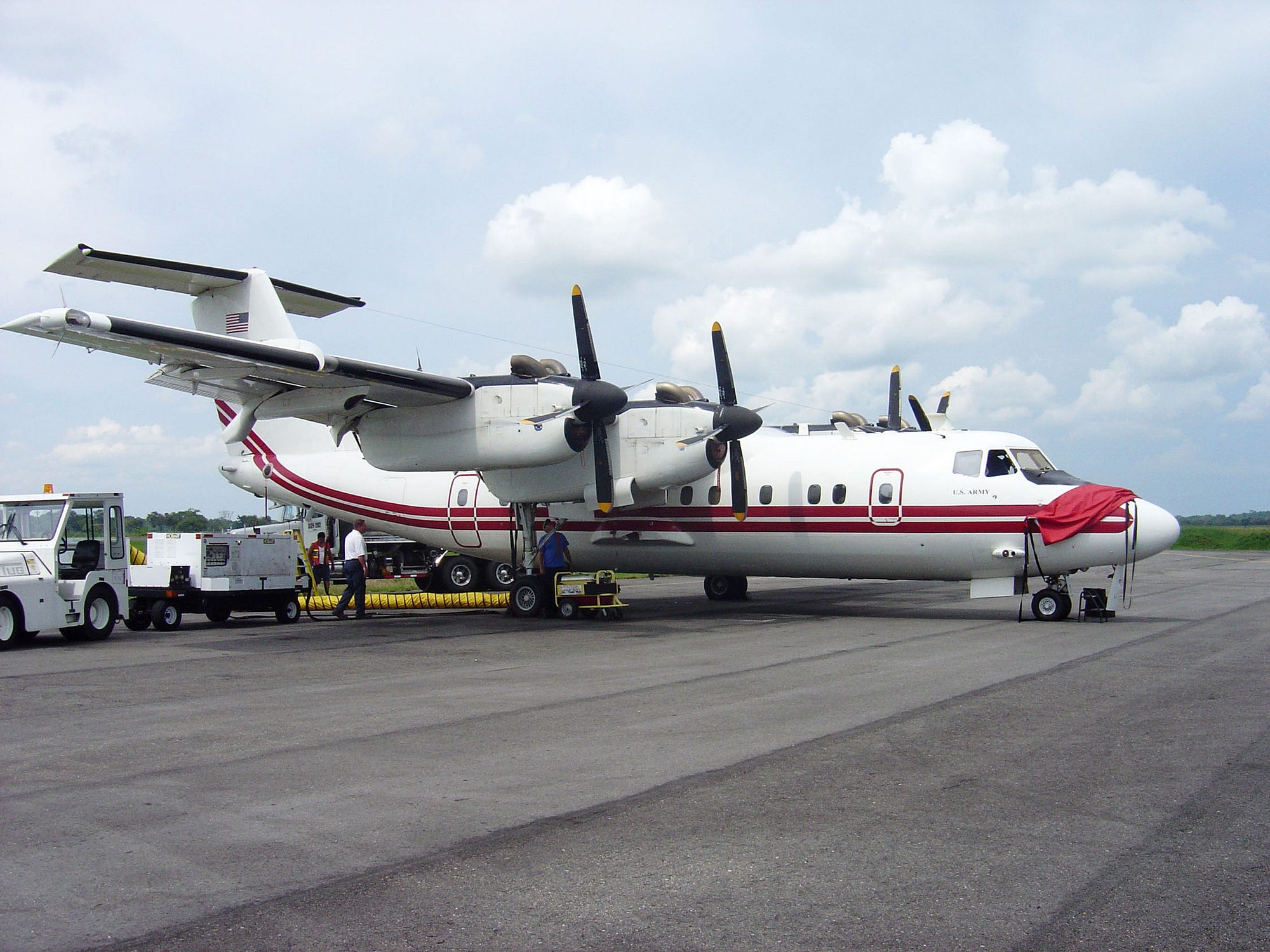Cold War interventions in Latin America inspired today’s small operations
U.S. president Barack Obama announced his plan for a broader and more intensive military campaign targeting Islamic State extremists in Iraq.
But for all its rapid expansion in recent weeks, the American operation against Islamic State is still modest in scale. There are just a thousand U.S. advisers and trainers in Iraq—and Obama has promised to send another 500, potentially including Special Operations Forces.
Drones and warplanes are doing much of the dirty work, flying over militant forces, gathering intel, dropping bombs.
In his speech, Obama referenced the long-running American counterterrorism operations in Somalia and Yemen. Both of these campaigns also rely heavily on drones, commandos and military trainers—very few people, overall.
With an era of American occupations ending, this trio of small ops supposedly represents America’s new way of war.
But this way of war is actually an old one. Big, protracted conflicts like those in Iraq and Afghanistan have actually been exceptions to the rule for the United States.
From the end of World War II right into the 1990s, America fought most of its battles—especially in Latin America—with Special Operations Forces, advisers and surveillance aircraft.
The Pentagon’s current limited interventions in the Middle East and elsewhere build on decades of American experience quietly fighting communists and drug traffickers in the Western Hemisphere.
 A U.S. Army Special Forces soldier, at right, during a training exercise in the Dominican Republic in 1971. U.S. Southern Command photo
A U.S. Army Special Forces soldier, at right, during a training exercise in the Dominican Republic in 1971. U.S. Southern Command photo
Special Action Force
In 1962 in the Panama Canal Zone, the U.S. Army formed what it referred to as “Special Action Force for Latin America.” A year later, a group of Special Forces soldiers joined the SAF and quickly became its main manpower.
The unique unit also included engineers, military police, medical personnel and communication specialists. Psychological warfare troops and intelligence analysts rounded out the force.
The SAF’s intel element included two separate units, one of which came from the Army’s military intelligence arm. The Army Security Agency—which reported to the National Security Agency—provided the other detachment.
The 8th Special Forces Group and its attached troops focused on training friendly forces in the region. For example, commandos and other troops deployed to Argentina, Bolivia, Colombia, Guatemala and Venezuela to practice intelligence gathering and other skills with the locals in 1966, according to documents we obtained through the Freedom of Information Act.
Other Special Forces groups took on similar roles in Asia and the Middle East. The experience clearly informed the size and shape of specialized task forces ever since.
In fact, the huge expansion of special operators in Southeast Asia during the 1960s actually appears to be something of an aberration. The whole Vietnam War was itself an outlier in many ways.
Today Pentagon officials and pundits would probably describe the Vietnam-era operations in Cambodia and Laos as “light footprint”—in contrast to the large-scale war in Vietnam. Similar military-assistance efforts endured in South and Central America after the last U.S. troops left Saigon.
Special operators and intelligence agencies kept working in Latin America even after the 8th Special Forces Group ceased to exist in 1972. Washington continued to share information, deliver arms and help train troops to fight leftist militants in countries such as El Salvador.
 At top — an RQ-1 Predator. Air Force photo. Above—Surveillance aircraft such as the Airborne Reconnaissance-Low got their start in Latin America. Army photo
At top — an RQ-1 Predator. Air Force photo. Above—Surveillance aircraft such as the Airborne Reconnaissance-Low got their start in Latin America. Army photo
Aerial spies
Latin America was also the testing ground for what the Pentagon now calls “persistent surveillance.” By the 1980s, the ground combat branch was hunting guerrillas and narco-trafficantes with inconspicuous manned spy planes based in Central America.
Today’s drones are the direct descendents of those unimposing aerial spies. The Army, Air Force and Special Operations Command deploy drones and manned surveillance planes in conflict zones across Africa and the Middle East and even as far afield as The Philippines.
Personnel from the Pentagon’s secretive Military Intelligence Battalion-Low Intensity in Honduras actually led the first RQ-1 Predator drone detachment in the Balkans in 1996.
The Air Force took over the Army’s drones at the end of that year. Lately the ground combat branch has worked hard to take back those pilotless planes.
A report from drone-maker General Atomics says the company had even demonstrated the Predator for the Pentagon’s Joint Task Force-6—a domestic counterdrug headquarters—before showing the aircraft to the super-secret Joint Special Operations Command.
Nearly two decades later, drones and other unimposing aerial spooks are ubiquitous, having long ago proved their worth down south. And SOCOM’s forces in Somalia, Yemen and other countries also appear to be relatively small and diverse, like the original SAF design—based on what little we know about them.
Today’s expanding Iraq operation might be slightly larger, but it still borrows its structure, equipment and philosophy from U.S. military activities in Latin America many decades ago.
Historically, the Pentagon appears to actually prefer small and limited missions where local forces at least share the burden of fighting. They—and not huge occupations—are the true American way of war. Obama’s new Iraq op is likely to continue the tradition.
At least, let’s hope so.
No comments:
Post a Comment